Become a member: Subscribe
Financial Coup d’Etat
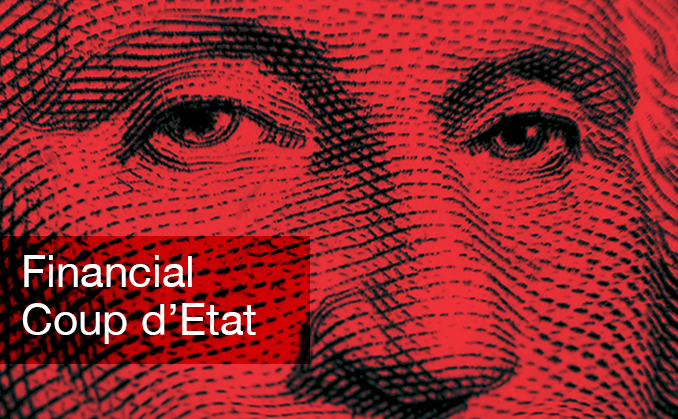
In light of recent events, I am republishing.]
By Catherine Austin Fitts
In the fall of 2001 I attended a private investment conference in London to give a paper, The Myth of the Rule of Law or How the Money Works: The Destruction of Hamilton Securities Group.
The presentation documented my experience with a Washington-Wall Street partnership that had:
- Engineered a fraudulent housing and debt bubble;
- Illegally shifted vast amounts of capital out of the U.S.;
- Used “privitization” as a form of piracy – a pretext to move government assets to private investors at below-market prices and then shift private liabilities back to government at no cost to the private liability holder.
Other presenters at the conference included distinguished reporters covering privatization in Eastern Europe and Russia. As the portraits of British ancestors stared down upon us, we listened to story after story of global privatization throughout the 1990s in the Americas, Europe, and Asia.
Slowly, as the pieces fit together, we shared a horrifying epiphany: the banks, corporations and investors acting in each global region were the exact same players. They were a relatively small group that reappeared again and again in Russia, Eastern Europe, and Asia accompanied by the same well-known accounting firms and law firms.
Clearly, there was a global financial coup d’etat underway.
The magnitude of what was happening was overwhelming. In the 1990’s, millions of people in Russia had woken up to find their bank accounts and pension funds simply gone – eradicated by a falling currency or stolen by mobsters who laundered money back into big New York Fed member banks for reinvestment to fuel the debt bubble.
Reports of politicians, government officials, academics, and intelligence agencies facilitating the racketeering and theft were compelling. One lawyer in Russia, living without electricity and growing food to prevent starvation, was quoted as saying, “We are being de-modernized.”
Several years earlier, I listened to three peasant women describe the War on Drugs in their respective countries: Colombia, Peru, and Bolivia. I asked them, “After they sweep you into camps, who gets your land and at what price?” My question opened a magic door. They poured out how the real economics worked on the War on Drugs, including the stealing of land and government contracts to build housing for the people who are displaced.
At one point, suspicious of my understanding of how this game worked, one of the women said, “You say you have never been to our countries, yet you understand exactly how the money works. How is this so?” I replied that I had served as Assistant Secretary of Housing at the US Department of Housing and Urban Development (HUD) in the United States where I oversaw billions of government investment in US communities. Apparently, it worked the same way in their countries as it worked in mine.
I later found out that the government contractor leading the War on Drugs strategy for U.S. aid to Peru, Colombia and Bolivia was the same contractor in charge of knowledge management for HUD enforcement. This Washington-Wall Street game was a global game. The peasant women of Latin America were up against the same financial pirates and business model as the people in South Central Los Angeles, West Philadelphia, Baltimore and the South Bronx.
Later, courageous reporting by several independent investigative reporters confirmed in detail that the privatization and economic warfare model I discussed in London had deep roots in Latin America.
We were experiencing a global “heist”: capital was being sucked out of country after country. The presentation I gave in London revealed a piece of the puzzle that was difficult for the audience to fathom. This was not simply happening in the emerging markets. It was happening in America, too.
I described a meeting that had occurred in April 1997, more than four years before that day in London. I had given a presentation to a distinguished group of U.S. pension fund leaders on the extraordinary opportunity to re-engineer the U.S. federal budget. I presented our estimate that the prior year’s federal investment in the Philadelphia, Pennsylvania area had a negative return on investment.
We presented that it was possible to finance places with private equity and re-engineer the government investment to a positive return and, as a result, generate significant capital gains. Hence, it was possible to use U.S. pension funds to significantly increase retirees’ retirement security by successfully investing in American communities, small business and farms — all in a manner that would reduce debt, improve skills, and create jobs.
The response from the pension fund investors to this analysis was quite positive until the President of the CalPERS pension fund — the largest in the country — said, “You don’t understand. It’s too late. They have given up on the country. They are moving all the money out in the fall [of 1997]. They are moving it to Asia.”
Sure enough, that fall, significant amounts of moneys started leaving the US, including illegally. Over $4 trillion went missing from the US government. No one seemed to notice. Misled into thinking we were in a boom economy by a fraudulent debt bubble engineered with force and intention from the highest levels of the financial system, Americans were engaging in an orgy of consumption that was liquidating the real financial equity we needed urgently to reposition ourselves for the times ahead.
The mood that afternoon in London was quite sober. The question hung in the air, unspoken: once the bubble was over, was the time coming when we, too, would be “de-modernized?”
In 2009 — more than seven years later — this is a question that many of us are asking ourselves.
Part II: Rethinking Diversification
Related Reading:
Dillon, Read & Co. Inc. and the Aristocracy of Stock Profits
151 Comments
Comments are closed.


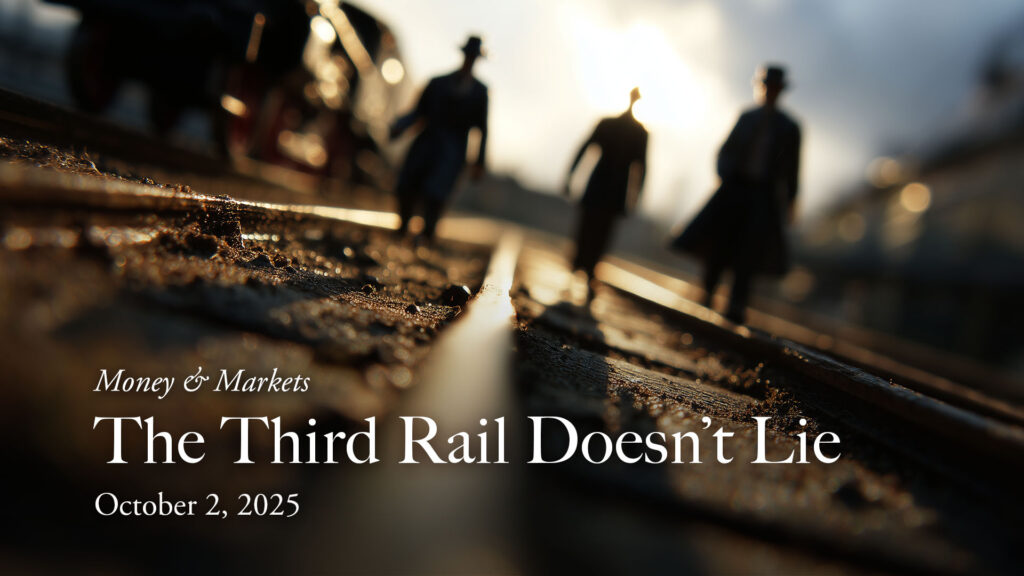
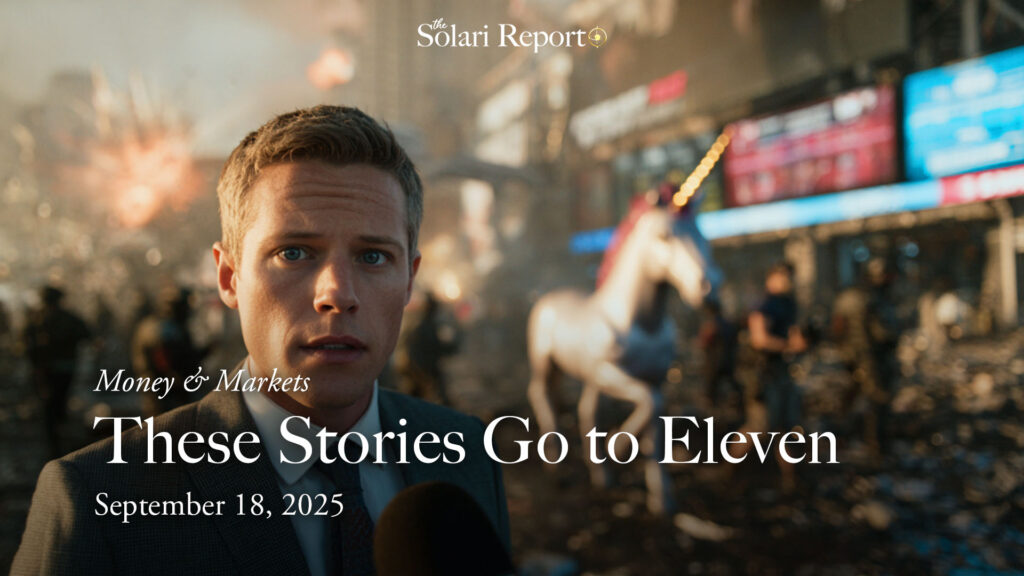
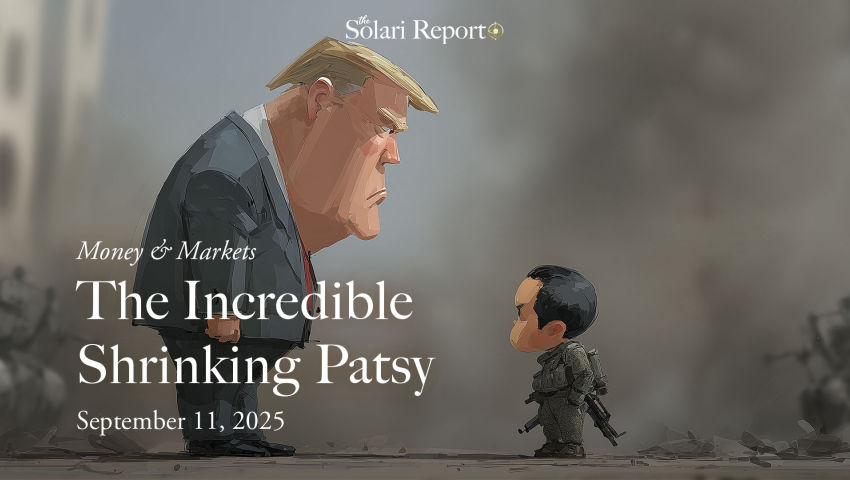















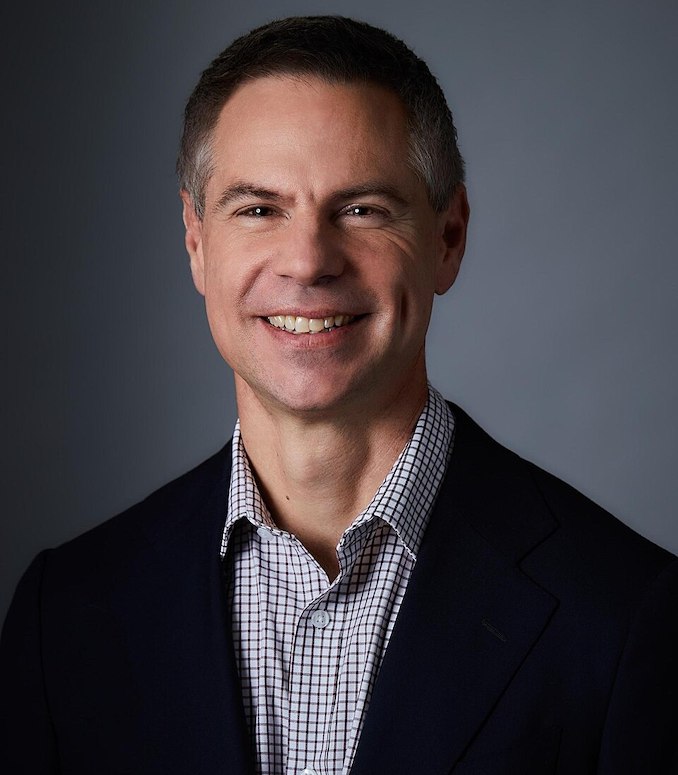




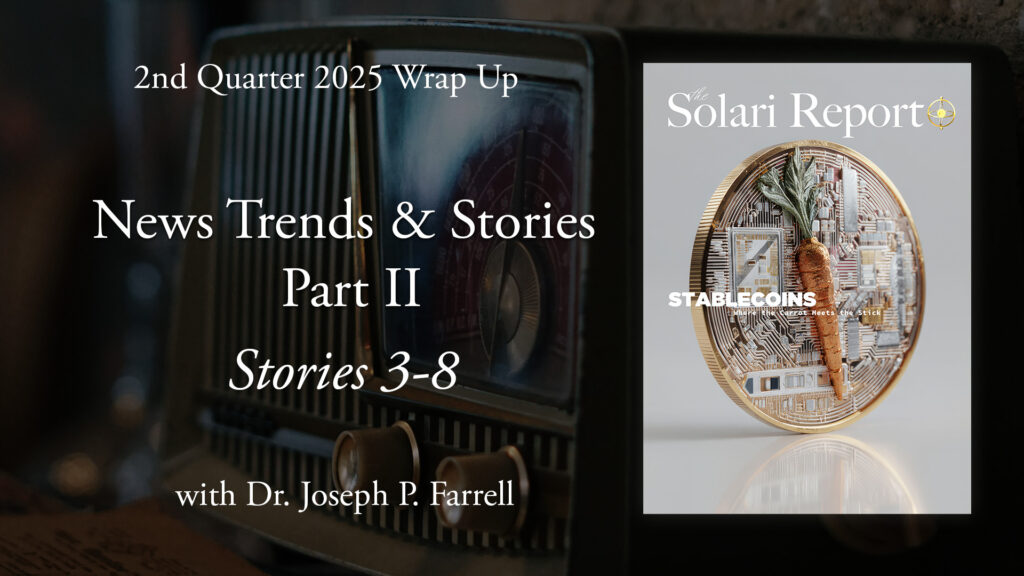
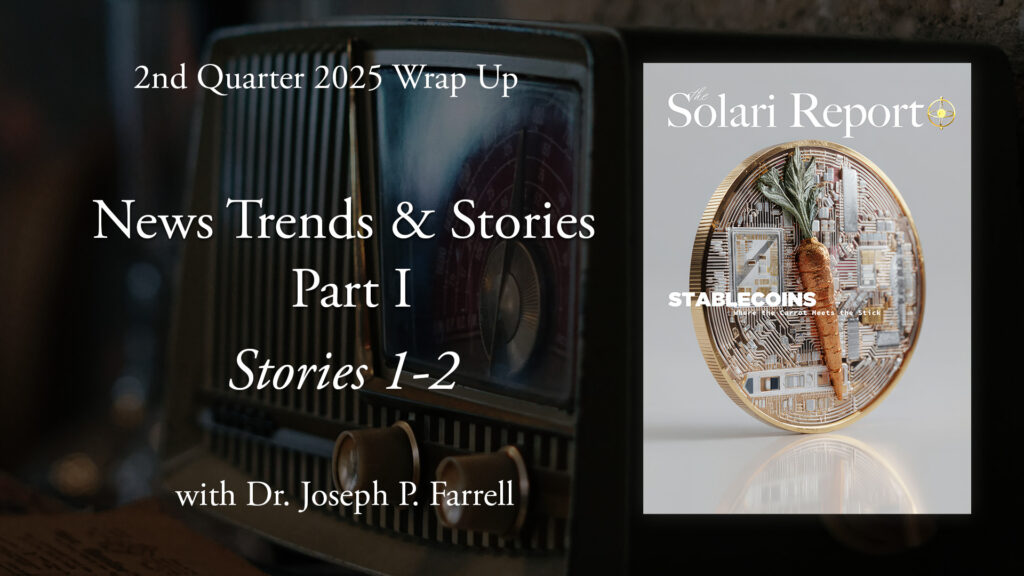


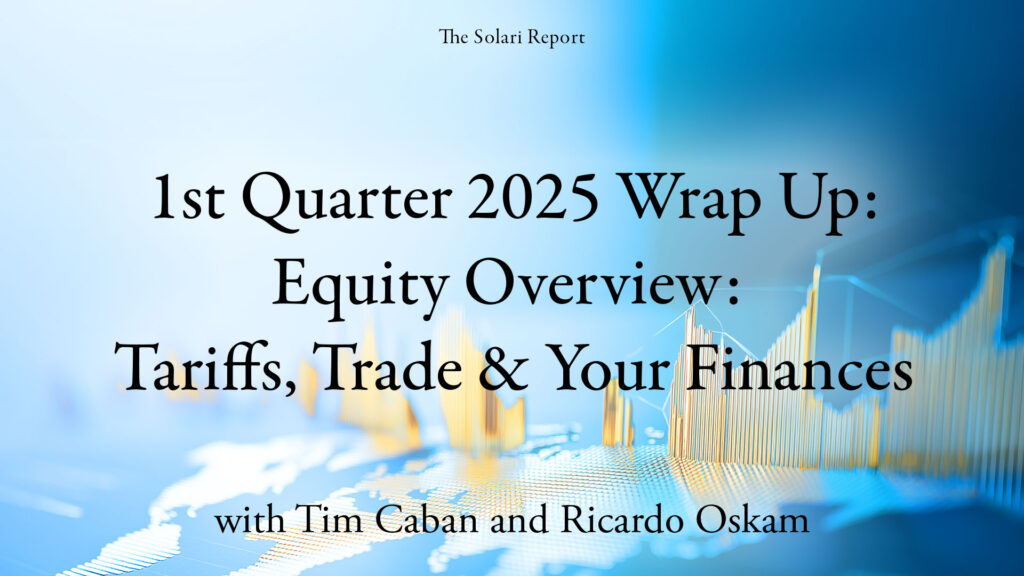
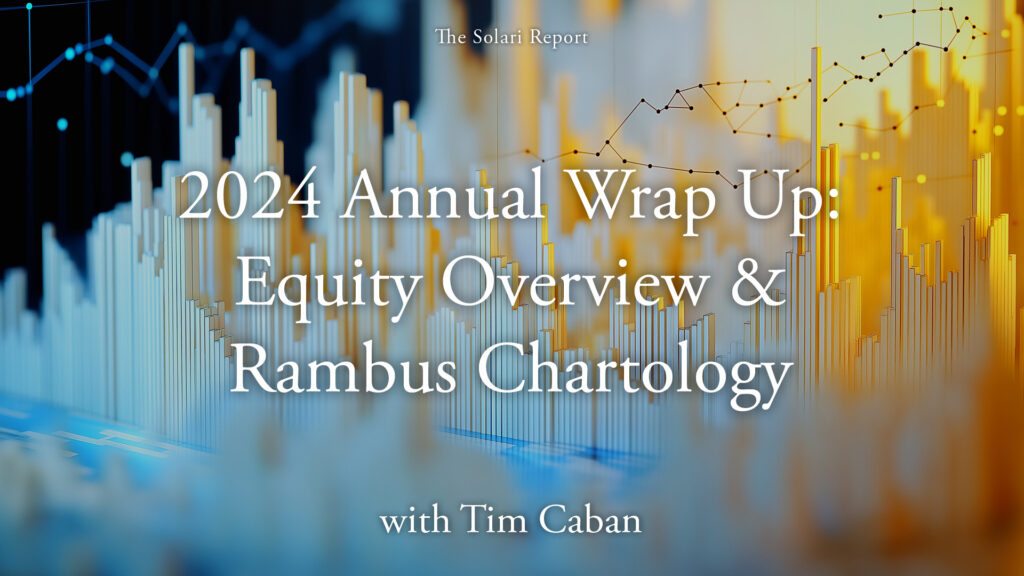
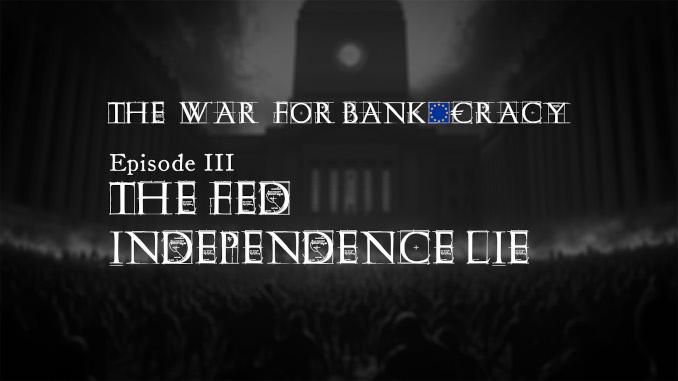
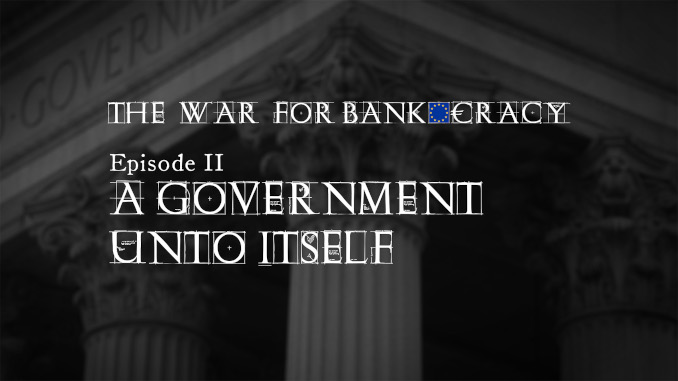
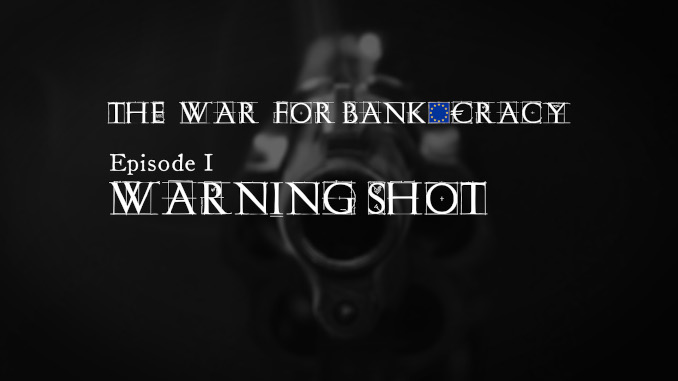





























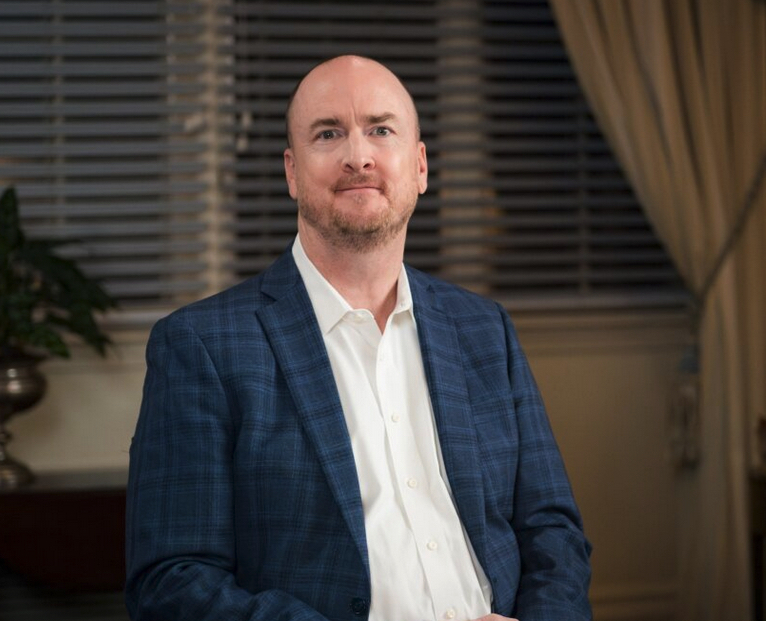







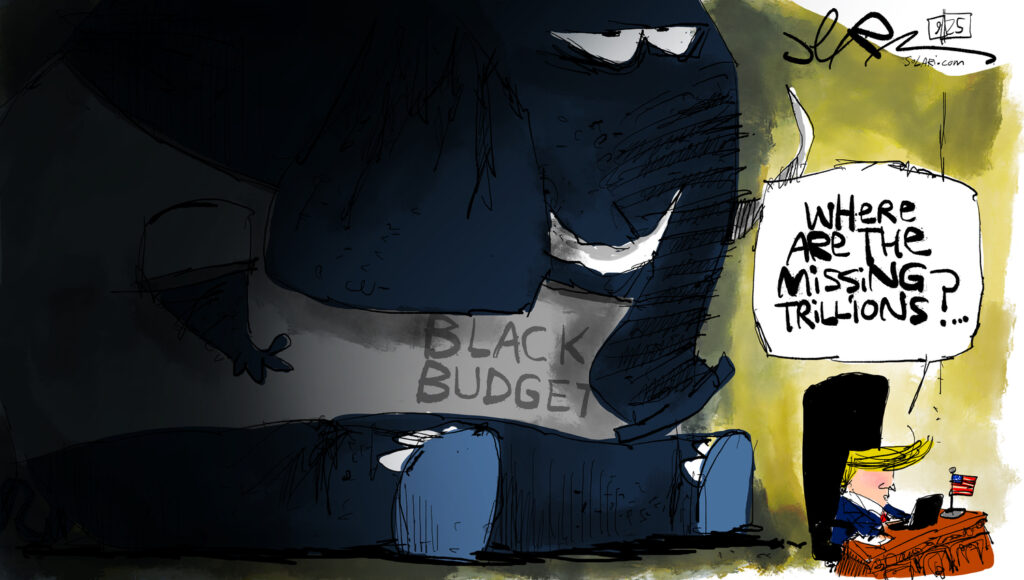

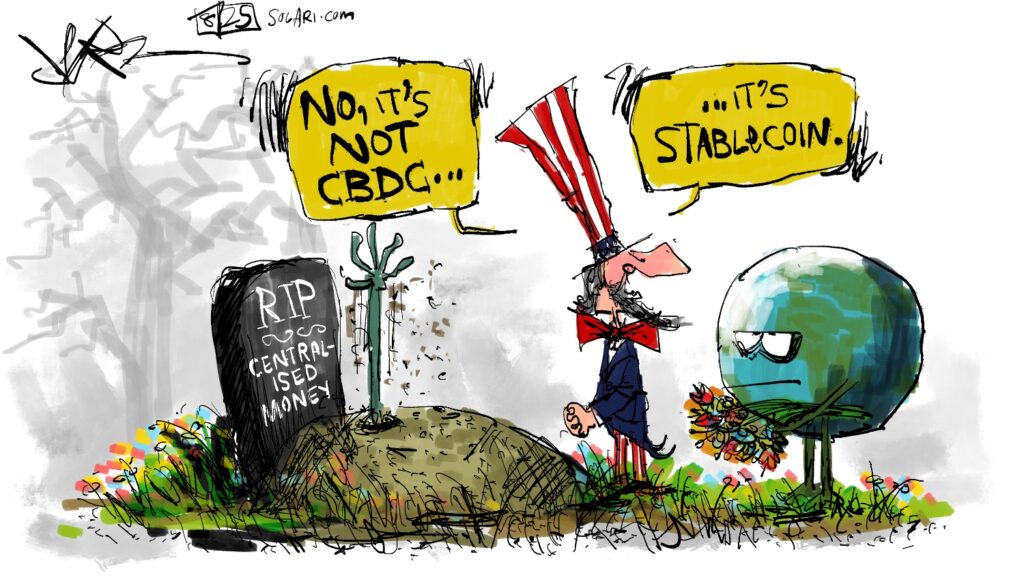


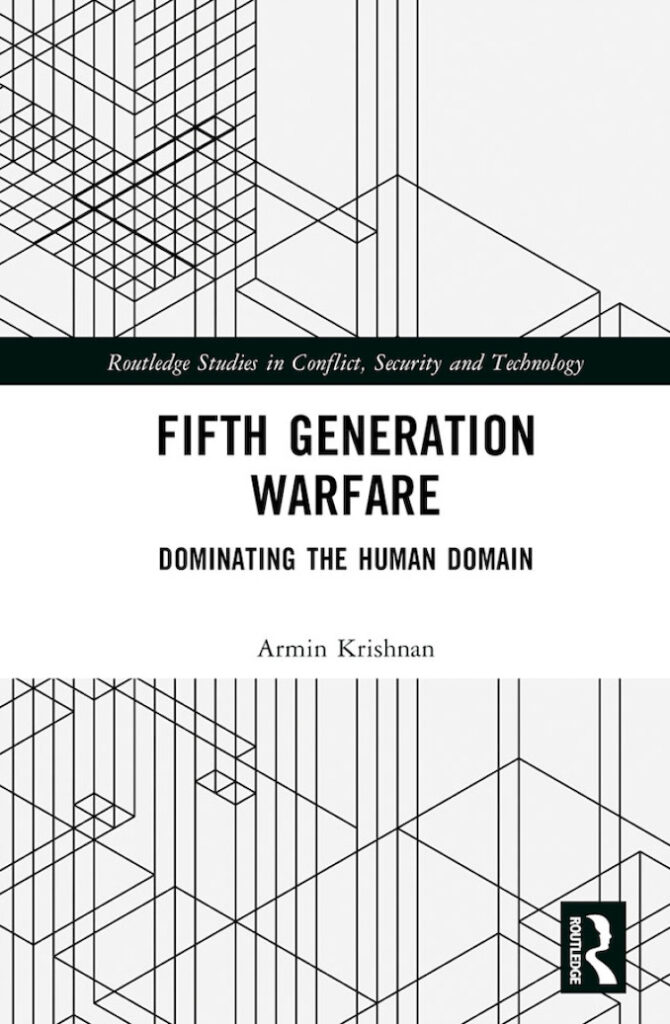
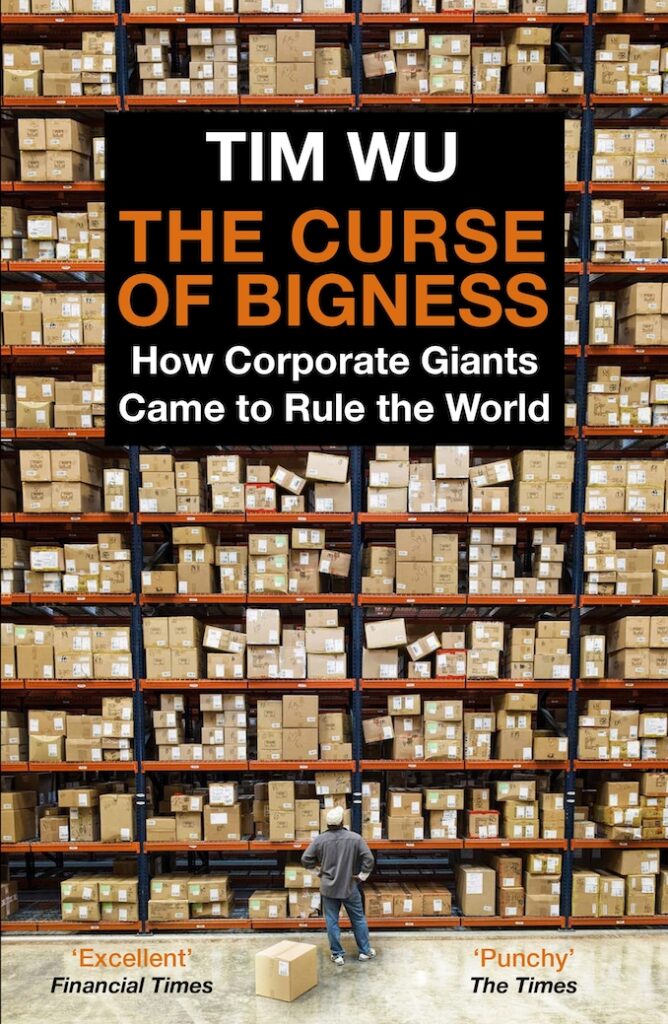












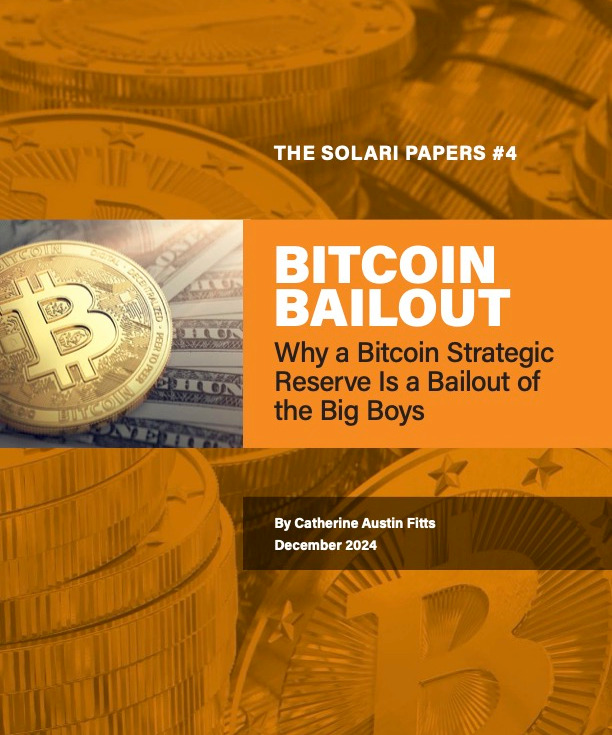
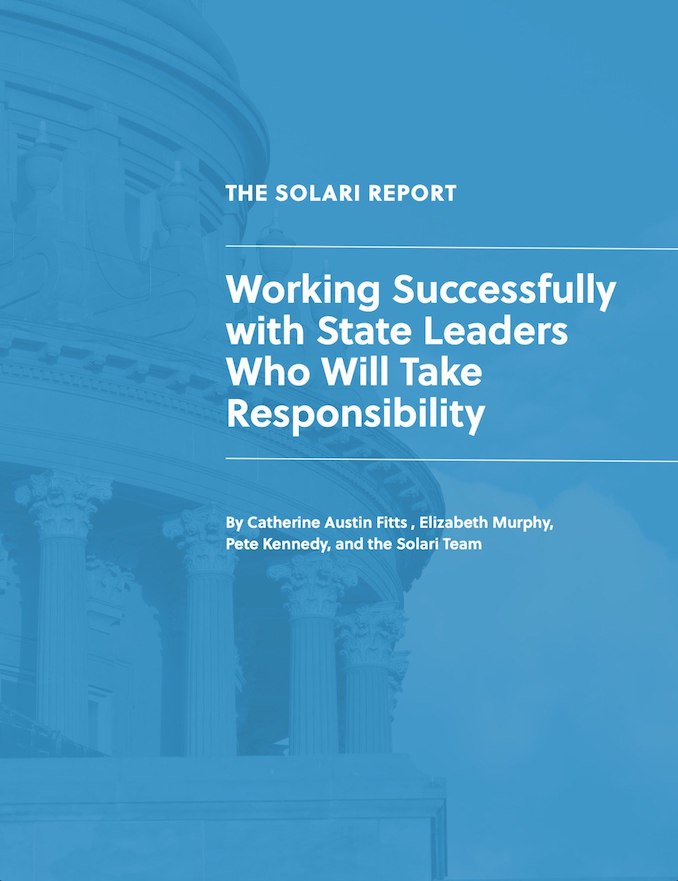
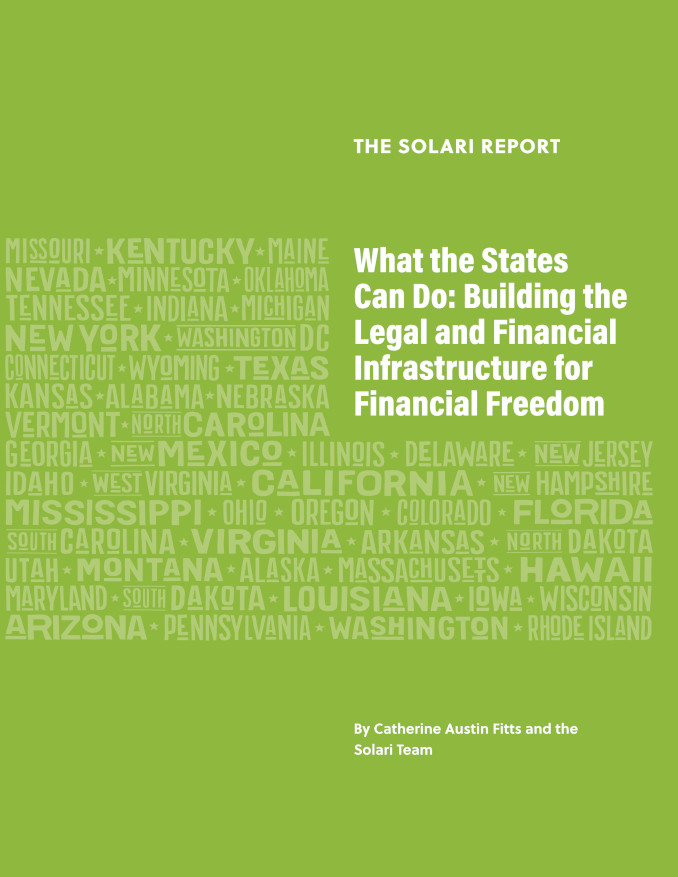

Catherine, good read, thanks.
I like your answer in identifying the prime movers and your not feeding the tape worm comment.
I posted the following poem (below) earlier today at naked capitalism. I have been in the financial coup camp for a long while now;
http://www.nakedcapitalism.com/a
Some cross linking might be beneficial I think …
Regards …..
Double Trouble – Coup Bubble
Credit leads money by a country mile,
Said the ruling elite with a knowing smile,
And they set their puppets to flooding the land,
Putting easy money in everyone’s hand …
Shop till you drop said the commander in thief,
As he instilled in the marks a false belief,
That Scamerica the beautiful could never fail,
That there was no end to the credit trail …
And Greenspan and Ben allayed the public fears,
With their soothing calmness they greased the gears,
That made their ruling elite’s coup bubble grow,
This was after all not their first rodeo …
They knew easy credit is just counterfeit money,
And so they opened the spigots and let it flow like honey,
As derivatives spread throughout the world’s financial halls,
They soon had the world by the credit balls …
The ruling elite now broadened their grin,
The marks were fooled and could not see their sin,
To consolidate power and eliminate the middle class,
Eliminate population and have all kiss their ass …
Tighten,
Relax,
Swing the ax …
Squeeze,
And release,
Remove some fleece …
Pump.
And dump,
Kill off a chump …
Inflate the bubble,
Exhaust it slow,
Billions of people,
Starve with no dough …
Bumbling idiots,
Or clever elite?
The marks never question,
The truth at their feet …
If you want to find,
The cause of the trouble,
You have to pop,
The deception bubble …
Deception is the strongest political force on the planet.
i on the ball patriot
Catherine,
I think biology and computer sciences are currently leading the way in modeling a bottom up web based view of reality, as opposed to the traditional top down centralized view. I think it will take some time for this to really manifest itself as the dominant view. Besides the monotheistic religious assumptions and the political tendency toward centralization, I think even the physical sciences are biased toward this view. Consider the concept of three dimensional space. Essentially it is the coordinate system of the center point. Logically you could have any number of coordinate systems defining the same space. In a very real sense, that is the situation in Israel/Palestine. Two coordinate systems defining the same space, each with their own set of reference points. It is something of a dichotomy, as we function as individual points of reference, but since we are communities of individuals, we need to understand that en mass, this centralized view isn’t as effective as the distributed, web perspective. Nodes and network, not just nodes in a network. Neurobiology has come to understand the brain as more of a network than having any centralized source of consciousness, so these perspectives re-enforce each other at many levels.
P.S.
Nodes(centralization) are bottlenecks of input and output from the larger context.
I found this a very chilling but highly informative article. It kind of creates a meaninful context for all the incidentals that have happened over the last 20-30 years. However, I was disappointed not to see specific individuals and entities named. These crooks have names and addresses. Which banks, corporations, investors, politicians, government officials, academics, intelligence agencies, government contractors are involved or guilty? Who ultimately received the money and what was done with it? Also, I liked the quote in the article by the President of the CalPERS fund, where s/he says, “They have given up the country and are moving the money to Asia.” Who are “THEY” and which Asian countries or entities/individuals in Asia received these stolen funds?
Chris,
I am of a mind that the deregulation and failure to curtail the power of the black pool hedge funds created an opportunity for parties to sell fraudulent paper. If you follow the latest article by Mark Mitchell http://www.deepcapture.com/bernard-madoff-the-mafia-and-the-friends-of-michael-milken/ the same names keep coming up.
Who more likely to sell worthless paper than someone who was the king of selling worthless paper? Wall Street knew that these instruments were worthless and supported the market in them until they got scared. The market collapsed when those selling the bonds didn’t want to hold them. These criminals and those they put in office all need to be held accountable.
More bonds (or something like bonds) were sold than assets to support them. Had these been regulated, they would have never been approved for sale because they are frauds. Here is the comparison:
Imagine a creative fellow who is a property manager and sells a rental property to 10 different parties with fraudulent documents. The prudent buyers, to protect their investment, buy insurance on the house. The insurer sold insurance to all these folks without noticing that it was all on the same property. The seller knew that the property couldn’t support 10 owners and his plan was to burn the house down all along. Being a property manager, he pays back “the rent” from the proceeds of the sales until he runs out of buyers. He also bought insurance on the house. The loss of one house is magnified for the insurer 11 fold.. and the insurer is insolvent. Would it be prudent for the government to bail out the insurer so that the fraud can go undetected? If you were in charge of the government agency that decided to bail out the insurer, as well as being the one who perpetrated the fraud, that is exactly what you would do. Not only would you get to keep all the money from the sale of the property, you would get to keep the insurance money. Where is the loss? All the buyers got compensated and the property manager is way ahead.. but the taxpayer is taking it in the teeth. The shareholders of the insurer now have negative equity as they owe the government. If the insurer folds, the taxpayer eats it all and the shareholders lose everything. With inflation from the deficit that the government acquired, the taxpayer, the shareholders, and the buyers of the house all watch as there living standards decline… but not the property manager.. He is still living high on the hog. He’s moved his money to the Caymans.. and is giving money to the Nature Conservancy. He’s a well-respected benefactor.
A synthetic CDO is a collateralised debt obligation that is based on credit default swaps rather than physical debt securities.
CDOs were invented by Michael Milken’s Drexel Burnham Lambert in the late 1980s as a way to bundle asset backed securities into tranches with the same rating, so that investors could focus simply on the rating rather than the issuer of the bond.
About a decade later, a team working within JP Morgan Chase invented credit default swaps, which are contractual bets between two parties about whether a third party will default on its debt. In 2000 these were made legal, and at the same time were prevented from being regulated, by the Commodity Futures Modernization Act, which specifies that products offered by banking institutions could not be regulated as futures contracts.
This bill, by the way, was 11,000 pages long, was never debated by Congress and was signed into law by President Clinton a week after it was passed. It lies at the root of America’s failure to regulate the debt derivatives that are now threatening the global economy.
Anyway, moving right along – some time after that an unknown bright spark within one of the investment banks came up with the idea of putting CDOs and CDSs together to create the synthetic CDO.
Here’s how it works: a bank will set up a shelf company in Cayman Islands or somewhere with $2 of capital and shareholders other than the bank itself. They are usually charities that could use a little cash, and when some nice banker in a suit shows up and offers them money to sign some documents, they do.
That allows the so-called special purpose vehicle (SPV) to have “deniability”, as in “it’s nothing to do with us” – an idea the banks would have picked up from the Godfather movies.
The bank then creates a CDS between itself and the SPV. Usually credit default swaps reference a single third party, but for the purpose of the synthetic CDOs, they reference at least 100 companies.
The CDS contracts between the SPV can be $US500 million to $US1 billion, or sometimes more. They have a variety of twists and turns, but it usually goes something like this: if seven of the 100 reference entities default, the SPV has to pay the bank a third of the money; if eight default, it’s two-thirds; and if nine default, the whole amount is repayable.
For this, the bank agrees to pay the SPV 1 or 2 per cent per annum of the contracted sum.
Finally the SPV is taken along to Moody’s, Standard and Poor’s and Fitch’s and the ratings agencies sprinkle AAA magic dust upon it, and transform it from a pumpkin into a splendid coach.
The bank’s sales people then hit the road to sell this SPV to investors. It’s presented as the bank’s product, and the sales staff pretend that the bank is fully behind it, but of course it’s actually a $2 Cayman Islands company with one or two unknowing charities as shareholders.
It offers a highly-rated, investment-grade, fixed-interest product paying a 1 or 2 per cent premium. Those investors who bother to read the fine print will see that they will lose some or all of their money if seven, eight or nine of a long list of apparently strong global corporations go broke. In 2004-2006 it seemed money for jam. The companies listed would never go broke – it was unthinkable.
Here are some of the companies that are on all of the synthetic CDO reference lists: the three Icelandic banks, Lehman Brothers, Bear Stearns, Freddie Mac, Fannie Mae, American Insurance Group, Ambac, MBIA, Countrywide Financial, Countrywide Home Loans, PMI, General Motors, Ford and a pretty full retinue of US home builders.
In other words, the bankers who created the synthetic CDOs knew exactly what they were doing. These were not simply investment products created out of thin air and designed to give their sales people something from which to earn fees – although they were that too.
They were specifically designed to protect the banks against default by the most leveraged companies in the world. And of course the banks knew better than anyone else who they were.
As one part of the bank was furiously selling loans to these companies, another part was furiously selling insurance contracts against them defaulting, to unsuspecting investors who were actually a bit like “Lloyds Names” – the 1500 or so individuals who back the London reinsurance giant.
Except in this case very few of the “names” knew what they were buying. And nobody has any idea how many were sold, or with what total face value.
Chris,
Which goes to the essential flaw in Capitalism. Saving money, i.e. value on paper, is like saving electricity. Either it has to be used as it’s generated, (thus the effectiveness of Social Security), it can be stored in the process of circulation, or small amounts can be packaged.
The banks were simply fulfilling our desire for lifetime security by creating the illusion of stored value, but was an enormous bubble of circulation. Now we are going to have to go back to the real world and store value in things like personal relationships and a healthy environment. Is it too late? The ones in charge can’t admit they cooked their own golden goose.